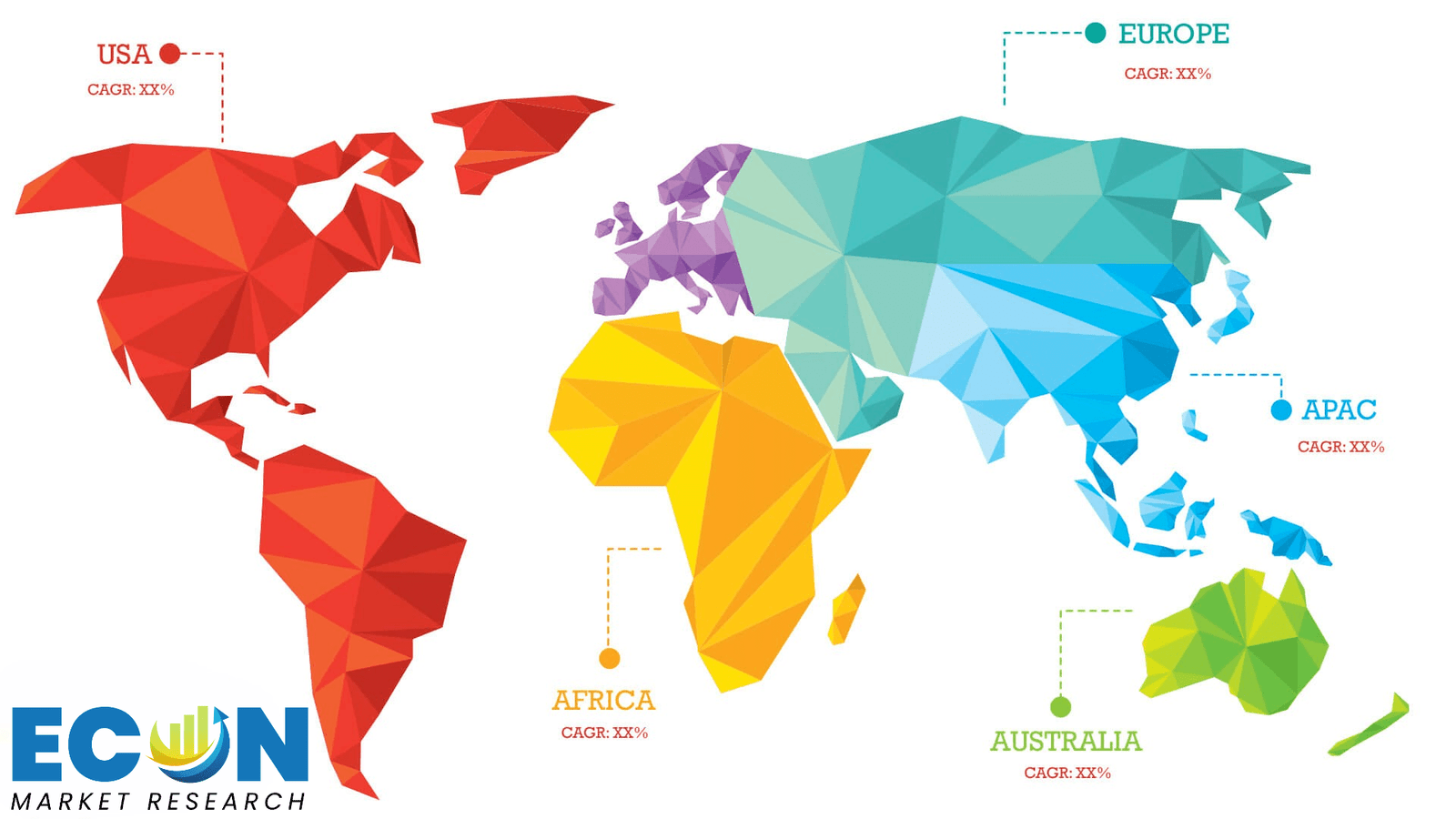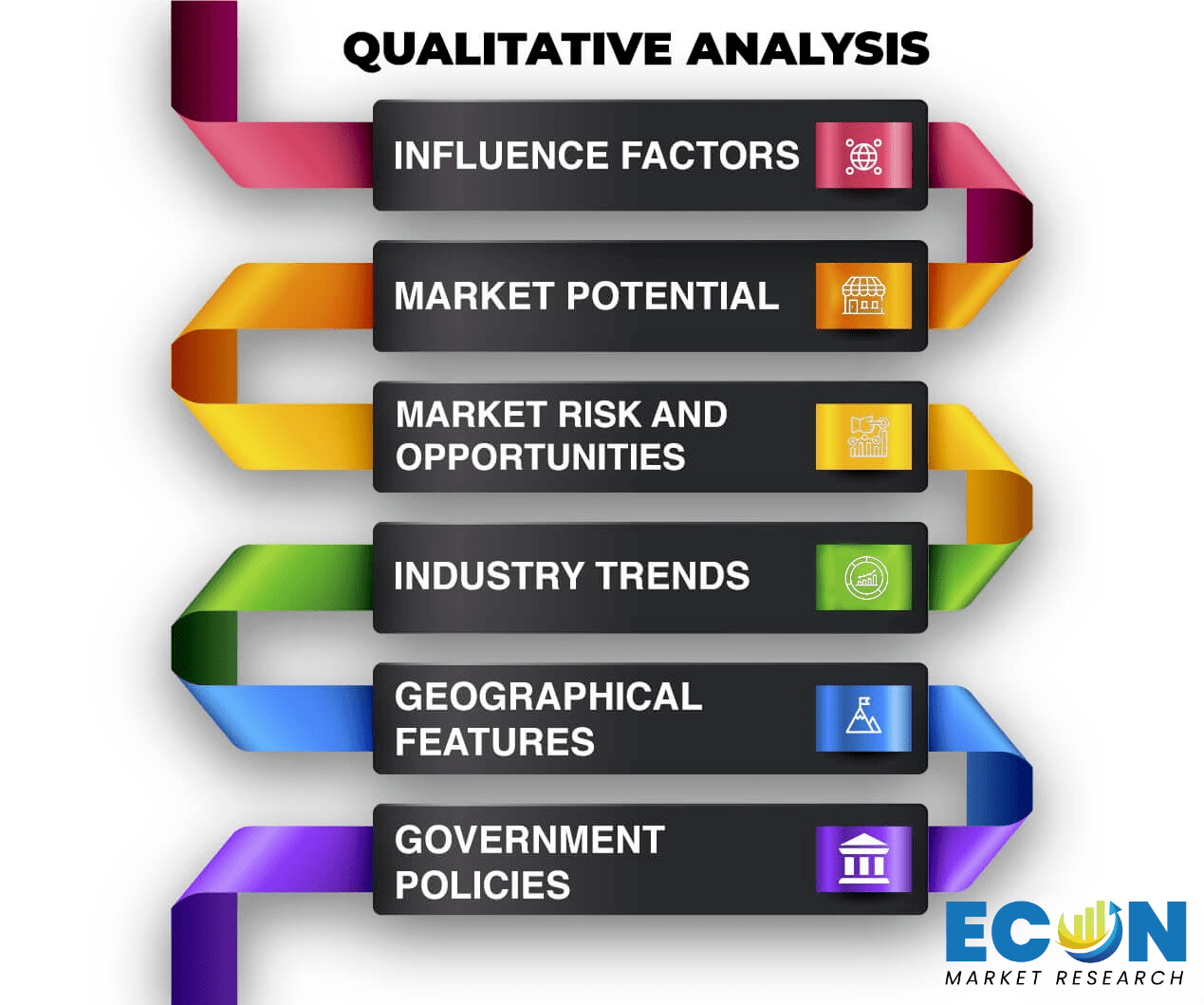LED Display Screen Market Size, Share, Trends, Growth, and Industry Analysis, By Type (Indoor LED Display Screen, Outdoor LED Display Screen), By Application (Advertising Media, Information Display), Regional Analysis and Forecast 2033.
Global LED Display Screen Market size was USD 21.46 billion in 2024 and the market is projected to touch USD 83.32 billion by 2033, at a CAGR of 18.48% during the forecast period.
LED screens have been used for many applications such as retail, advertising, sports, entertainment, and corporate environments. This is mainly because of its energy efficiency, brightness, and versatility. LED screens can present high-quality images, videos, and graphics and are thus well suited for large-scale advertisements, digital signage, and high-definition displays.
In the last few years, there has been immense growth in the LED display screen market because of increased demand for innovative advertising solutions and a trend toward energy-efficient lighting technology. The other driving factors include high-quality visual display needs, progress in LED technology, and the declining costs associated with such screens. These smart cities and digital advertisement in outdoor spaces are further prompting demand for LED screens around the globe. With business and consumer alike focusing on sustainability and saving energy, the LED display screen market will see growth that opens up new avenues for both manufacturers and suppliers.
LED Display Screen Report Scope and Segmentation
|
Report Attribute |
Details |
|
Estimated Market Value (2024) |
USD 21.46 Billion |
|
Projected Market Value (2033) |
USD 83.32 Billion |
|
Base Year |
2024 |
|
Historical Year |
2018-2023 |
|
Forecast Years |
2025 – 2033 |
|
Scope of the Report |
Historical and Forecast Trends, Industry Drivers and Constraints, Historical and Forecast Market Analysis by Segment- Based on By Type, By Application, & Region. |
|
Segments Covered |
By Type, By Application, & By Region. |
|
Forecast Units |
Value (USD Million or Billion), and Volume (Units) |
|
Quantitative Units |
Revenue in USD million/billion and CAGR from 2025 to 2033. |
|
Regions Covered |
North America, Europe, Asia Pacific, Latin America, and Middle East & Africa. |
|
Countries Covered |
U.S., Canada, Mexico, U.K., Germany, France, Italy, Spain, China, India, Japan, South Korea, Brazil, Argentina, GCC Countries, and South Africa, among others. |
|
Report Coverage |
Market growth drivers, restraints, opportunities, Porter’s five forces analysis, PEST analysis, value chain analysis, regulatory landscape, market attractiveness analysis by segments and region, company market share analysis. |
|
Delivery Format |
Delivered as an attached PDF and Excel through email, according to the purchase option. |
Dynamic Insights
A key driver is the increasing demand for energy-efficient, high-quality display solutions in various applications such as outdoor advertising, sports venues, retail, and entertainment. LED displays offer superior brightness, lower power consumption, and long operational life compared to traditional display technologies, making them an attractive option for businesses looking to enhance visibility and reduce energy costs. Besides that, developments in the technology of LED include OLED and mini-LED; the two add better quality for picture display in the screen together with increased applicability.
However, there are challenges that might affect market growth. First, the initial installation cost is quite high, and integration within existing infrastructure is rather complicated, which creates a significant problem, mainly for smaller and medium-sized companies. Competition from another form of display technologies, such as LCD and projection screens, also impedes LED displays in competition, particularly through cost-effectiveness.
Despite these difficulties, growth in smart cities and digital advertising, as well as an ongoing trend in all industries toward immersive large scale experiences, will make the LED displays market very open for further development in the years to come. In the coming years, however, as the technology advances and the use cases continue to expand, prices will fall into even more reasonable ranges.
Drivers Insights
Some of the key driving factors for the global LED Display Screen market are that it is now in high demand and has a trend toward energy-efficient, environmentally sustainable technologies. LED screens consume much less power than do traditional display technologies such as LCD or plasma. This energy efficiency is in step with global trends toward sustainability and reducing carbon footprints.
As businesses and governments around the world are pressed to adopt greener solutions, the attractiveness of an LED display is greatly amplified by the benefits of its long lifespan, reduced energy consumption, and a reduced environmental impact. In the retail, advertising, and public environments, such advantages resonate profoundly and drive further adoption and fuels growth in the market.
The surge in the demand for high-definition, vibrant, and large-scale visual displays represents another key driver of the LED display screen market. LED displays are famous for superior image quality, often marked by finer color accuracy, contrast ratios, and brightness. They are thus the perfect choice for applications where visual appeal is critical-most commonly, digital billboards, sports stadiums, concert venues, and retail environments. With the rise in immersive, interactive, and visually appealing content, LED displays are an excellent platform for advertising and entertainment, which is pushing the demand for these products across the globe. The versatility of the technology, both indoors and outdoors, further adds to its popularity.
Restraints Insights
One of the significant constraints for the LED display market is the very high initial installation cost. Though the technology of LED offers long-term cost savings by being energy-efficient and durable, the upfront expenses can be quite a significant hurdle, especially for small businesses or for regions with limited budgets. The complexity involved in installing and integrating LED displays into existing infrastructures, including mounting systems or control hardware adds to the general cost. All these financial challenges scare potential customers off from investing in LED displays thereby slowing down penetration of the markets in some areas.
Despite the advantages of LED displays, competition from other display technologies like OLED and LCD remains a restraint. OLED displays, for example, offer superior color accuracy and flexibility but at a higher price point. On the other hand, LCD technology is still a viable option for applications where display quality is less critical, such as basic signage. The availability of these alternatives, along with their lower price points, can hinder the growth of the LED display screen market, especially in cost-sensitive sectors. Companies may opt for cheaper technologies, limiting the adoption of LED screens in certain applications.
Opportunities Insights
Continuous advancements in LED technology create great opportunities for growth in the market. Mini-LED and micro-LED technologies, for instance, provide better resolution, improved brightness, and smaller size, creating new opportunities in applications such as home entertainment systems, wearables, and automotive displays. The rise of interactive and immersive experiences, such as augmented reality (AR) and virtual reality (VR), creates new opportunities for LED displays in areas like gaming, education, and advertising. The technological advancements are not only widening the scope of applications but also making LED displays more appealing to a wider variety of industries, thereby providing great scope for growth in the coming years.
Segment Analysis
Primarily, the markets are categorized based on indoor LED display screens versus outdoor LED screens. Indoor uses for LED screens are in an indoor environment including shopping malls, conference halls, airports, retail stores, as well as airport, and museum halls. Primarily, LED displays have pixel density that creates higher resolution imaging with closer ranges of viewing for higher pixel intensity. Their digital signage, commercials, and message displays are part of their popular uses.
On the contrary, outdoor LED displays are rugged and designed with weather conditions, such as rain, dust, and sunlight in mind, meaning they can work well in the billboards, public transport stations, and even sports stadiums. These usually contain lower pixel densities than the ones used indoors since they have to be viewed at a farther distance. The demand for both types has increased because of the increasing adoption of digital signage and the desire for more impactful advertising and communication platforms.
The applications of LED display screens are diverse, ranging from sectors such as advertising media, information display, sports arenas, stage performances, traffic & security, and others. In advertising media, LED screens are widely used for dynamic, eye-catching outdoor and indoor advertisements, replacing traditional billboards with more interactive and engaging content. Information display applications revolve around showing real-time information: for example, in airports and train stations or public venues providing updates on flight times, train schedules, or events.
The use of massive LED screens to improve the spectator experience is commonplace in sports arenas, showing scores, replays, and players' information. Stage performances-whether concerts or plays-make use of LED displays as part of immersive visual effects, set designs, and backgrounds. Traffic & security applications include digital signage for road signs, surveillance, and security alerts in high-traffic areas, contributing to public safety and information dissemination. The others category encompasses a range of specialized uses, such as for exhibitions, events, and art installations, reflecting the versatility and growing adoption of LED technology in various sectors.
Regional Analysis
North America is still one of the largest markets for LED display screens, mainly because of the increasing demand for high-end digital signage solutions in retail, advertising, and entertainment sectors. The United States, in particular, is leading the market, as large cities and sports arenas embrace large-scale LED displays for advertisement and broadcasting purposes. Furthermore, the region's focus on energy-efficient technologies and sustainability further supports the growth of LED displays in both indoor and outdoor applications.
Germany, UK, and France are showing marked growth in terms of LED displays in Europe, triggered by the continuous trend of electronic advertising and intelligent city projects in these regions. European nations are also actively investing in strengthening their infrastructure development, embedding their public places with transport stations as well as with commercial premises of LED displays. Asia-Pacific has the highest growth potential due to rapid urbanization, smart city initiatives, and increasing investments in infrastructure development across countries like China, India, and Japan.
The demand for LED screens is being propelled by the booming retail sector, entertainment industry, and government-led smart city programs. Additionally, the lower cost of manufacturing in countries like China makes the region a significant player in global LED display production. In Latin America, Brazil and Mexico are experiencing growth due to the growing popularity of digital signage for both advertising and information dissemination. The market growth in this region is a bit slower due to economic challenges.
Middle East and Africa: Emerging markets: This is emerging because in such nations as UAE and Saudi Arabia, big projects involving digital billboards and entertainment complexes create the demand for LED displays. Market: Growing all over the world; however, every region adds something new, based on the trends in infrastructure in local places and advancement of technology.

Competitive Landscape
The key players in the market are Samsung Electronics, LG Electronics, Sony Corporation, Panasonic Corporation, and Sharp Corporation. These companies dominate the market with their advanced display technologies, high-quality products, and strong brand presence across multiple regions. Samsung and LG have been leading the market with their cutting-edge LED display solutions, offering a wide range of indoor and outdoor displays for various applications, from retail and advertising to large-scale public installations.
Other companies that have emerged as big players in this space include Unilumin Group, Leyard Optoelectronic, Absen Optoelectronic, and Daktronics, among others, especially for the outdoor LED display. These firms mainly specialize in delivering large-size high-resolution displays for outdoor advertising, sports arenas, and public event venues. As the market expands, so does the competitive pressure from local manufacturers, most of which operate in Asia-Pacific, where similar companies such as Cree Inc., Aoto Electronics, and Himax Technologies enjoy cost-effective solutions and strong local presence.
Market competition is driven not only by the quality of the product but also by price, with companies constantly working on reducing production costs through innovations in LED technology, such as mini-LED and micro-LED, while also increasing the versatility and durability of their products. Partnerships, mergers, and acquisitions are also common strategies for market players to enhance their product portfolios and expand into new regions. Overall, the LED display market is highly competitive, and companies are competing on technological innovation, customer service, and expansion of market reach to maintain their positions.
List of Key Players:
Recent Developments:
Global LED Display Screen Report Segmentation
|
ATTRIBUTE |
DETAILS |
|
By Type |
|
|
By Application |
|
|
By Geography |
|
|
Customization Scope |
|
|
Pricing |
|
Research Methodology
Our research methodology has always been the key differentiating reason which sets us apart in comparison from the competing organizations in the industry. Our organization believes in consistency along with quality and establishing a new level with every new report we generate; our methods are acclaimed and the data/information inside the report is coveted. Our research methodology involves a combination of primary and secondary research methods. Data procurement is one of the most extensive stages in our research process. Our organization helps in assisting the clients to find the opportunities by examining the market across the globe coupled with providing economic statistics for each and every region. The reports generated and published are based on primary & secondary research. In secondary research, we gather data for global Market through white papers, case studies, blogs, reference customers, news, articles, press releases, white papers, and research studies. We also have our paid data applications which includes hoovers, Bloomberg business week, Avention, and others.

Data Collection
Data collection is the process of gathering, measuring, and analyzing accurate and relevant data from a variety of sources to analyze market and forecast trends. Raw market data is obtained on a broad front. Data is continuously extracted and filtered to ensure only validated and authenticated sources are considered. Data is mined from a varied host of sources including secondary and primary sources.

Primary Research
After the secondary research process, we initiate the primary research phase in which we interact with companies operating within the market space. We interact with related industries to understand the factors that can drive or hamper a market. Exhaustive primary interviews are conducted. Various sources from both the supply and demand sides are interviewed to obtain qualitative and quantitative information for a report which includes suppliers, product providers, domain experts, CEOs, vice presidents, marketing & sales directors, Type & innovation directors, and related key executives from various key companies to ensure a holistic and unbiased picture of the market.
Secondary Research
A secondary research process is conducted to identify and collect information useful for the extensive, technical, market-oriented, and comprehensive study of the market. Secondary sources include published market studies, competitive information, white papers, analyst reports, government agencies, industry and trade associations, media sources, chambers of commerce, newsletters, trade publications, magazines, Bloomberg BusinessWeek, Factiva, D&B, annual reports, company house documents, investor presentations, articles, journals, blogs, and SEC filings of companies, newspapers, and so on. We have assigned weights to these parameters and quantified their market impacts using the weighted average analysis to derive the expected market growth rate.
Top-Down Approach & Bottom-Up Approach
In the top – down approach, the Global Batteries for Solar Energy Storage Market was further divided into various segments on the basis of the percentage share of each segment. This approach helped in arriving at the market size of each segment globally. The segments market size was further broken down in the regional market size of each segment and sub-segments. The sub-segments were further broken down to country level market. The market size arrived using this approach was then crosschecked with the market size arrived by using bottom-up approach.
In the bottom-up approach, we arrived at the country market size by identifying the revenues and market shares of the key market players. The country market sizes then were added up to arrive at regional market size of the decorated apparel, which eventually added up to arrive at global market size.
This is one of the most reliable methods as the information is directly obtained from the key players in the market and is based on the primary interviews from the key opinion leaders associated with the firms considered in the research. Furthermore, the data obtained from the company sources and the primary respondents was validated through secondary sources including government publications and Bloomberg.
Market Analysis & size Estimation
Post the data mining stage, we gather our findings and analyze them, filtering out relevant insights. These are evaluated across research teams and industry experts. All this data is collected and evaluated by our analysts. The key players in the industry or markets are identified through extensive primary and secondary research. All percentage share splits, and breakdowns have been determined using secondary sources and verified through primary sources. The market size, in terms of value and volume, is determined through primary and secondary research processes, and forecasting models including the time series model, econometric model, judgmental forecasting model, the Delphi method, among Flywheel Energy Storage. Gathered information for market analysis, competitive landscape, growth trends, product development, and pricing trends is fed into the model and analyzed simultaneously.
Quality Checking & Final Review
The analysis done by the research team is further reviewed to check for the accuracy of the data provided to ensure the clients’ requirements. This approach provides essential checks and balances which facilitate the production of quality data. This Type of revision was done in two phases for the authenticity of the data and negligible errors in the report. After quality checking, the report is reviewed to look after the presentation, Type and to recheck if all the requirements of the clients were addressed.
